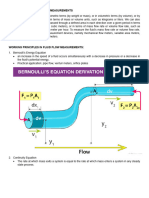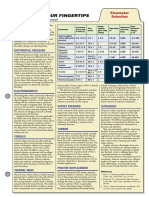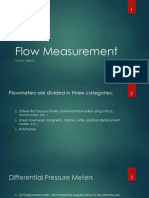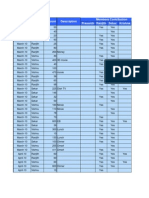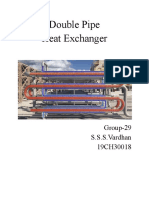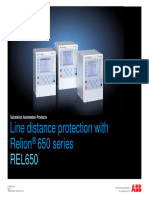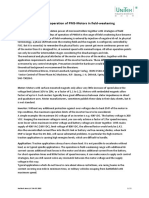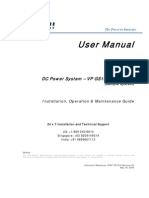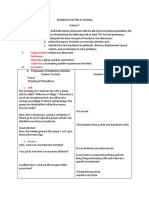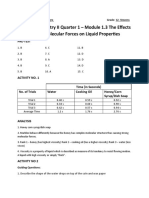0% found this document useful (0 votes)
69 views28 pagesDAS - Module 2 Sensors: Presented By, Prasanth Krishnan
This document discusses different types of sensors used to measure flow, including inferential flow meters, volumetric flow meters, and mass flow meters. Inferential flow meters measure flow indirectly by sensing pressure, velocity, etc., and include differential pressure meters, variable area meters, turbine meters, magnetic meters, and ultrasonic meters. Volumetric flow meters directly measure volumetric flow rate. Mass flow meters directly measure mass flow rate using the Coriolis effect. The document also covers topics like sensor selection criteria, flow meter types and their applications.
Uploaded by
kuttu9703Copyright
© © All Rights Reserved
We take content rights seriously. If you suspect this is your content, claim it here.
Available Formats
Download as PPTX, PDF, TXT or read online on Scribd
0% found this document useful (0 votes)
69 views28 pagesDAS - Module 2 Sensors: Presented By, Prasanth Krishnan
This document discusses different types of sensors used to measure flow, including inferential flow meters, volumetric flow meters, and mass flow meters. Inferential flow meters measure flow indirectly by sensing pressure, velocity, etc., and include differential pressure meters, variable area meters, turbine meters, magnetic meters, and ultrasonic meters. Volumetric flow meters directly measure volumetric flow rate. Mass flow meters directly measure mass flow rate using the Coriolis effect. The document also covers topics like sensor selection criteria, flow meter types and their applications.
Uploaded by
kuttu9703Copyright
© © All Rights Reserved
We take content rights seriously. If you suspect this is your content, claim it here.
Available Formats
Download as PPTX, PDF, TXT or read online on Scribd
/ 28









